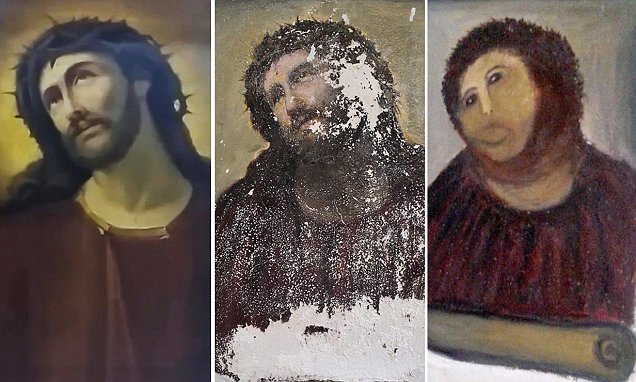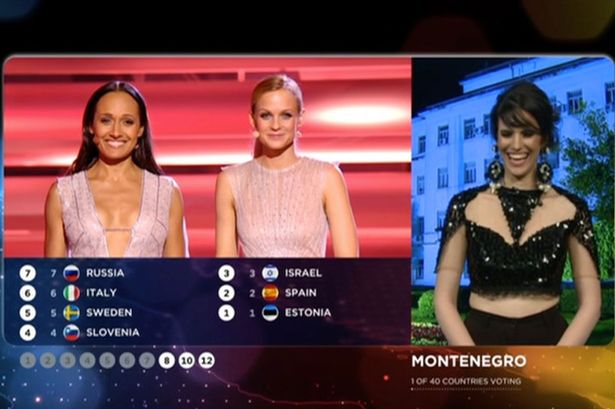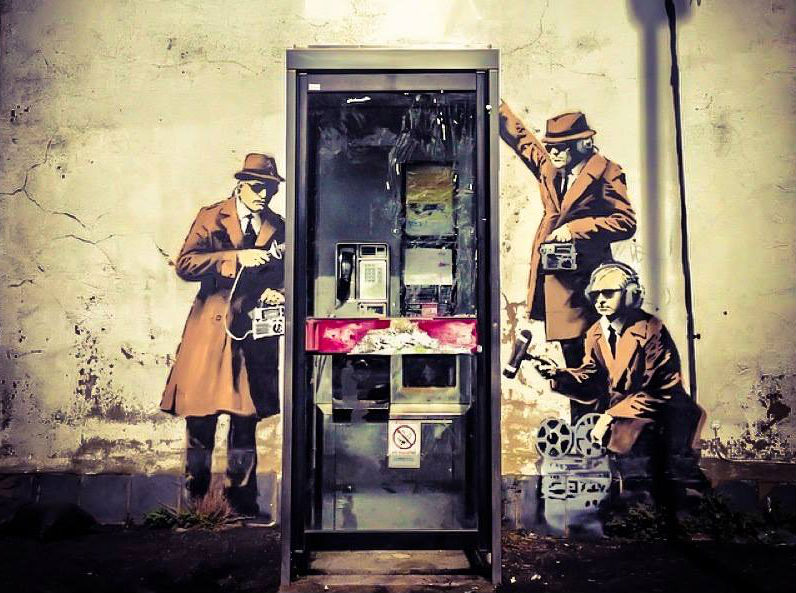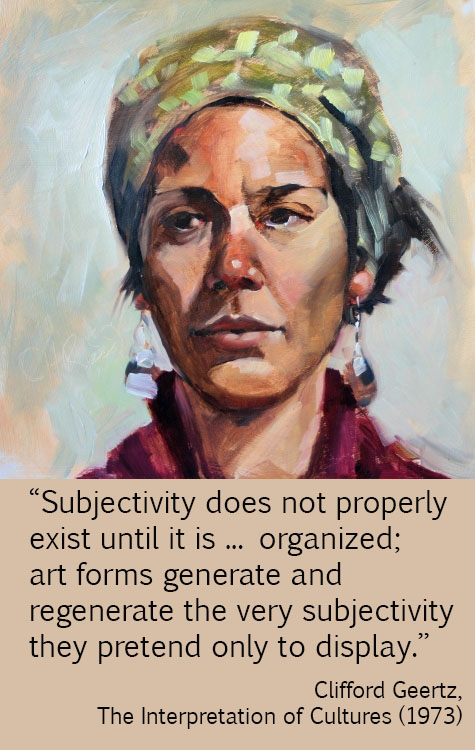
You will likely remember the (somewhat) recent restoration of Ecce Homo in Spain that resulted in a rather different representation of Jesus in the newly finished product. It quickly became a meme and has since been circulated widely on the internet. It came to mind after seeing this following video about art restoration. Take a look:
The video takes us through the process of the restoration of Mother Mary to demonstrate the ways in which art is maintained to last. But as I was watching the video, I began to wonder when restorations are considered to be good and necessary and when they are considered to be destructive. As shown in the video, much care is taken with the restoration process — every detail attended to with great care. While the finished restoration of Mother Mary is, to the casual observer, far more similar than that of Ecce Homo to the worn image we see in the beginning of the video, are the restorations of the two all that different, practically speaking? Continue reading “A Good Fake or a Bad Fake?”

 Like Wimbledon, I watch the Eurovision finals each year — we started doing it a few years ago. I was in Greece during the finals back in 2009 (
Like Wimbledon, I watch the Eurovision finals each year — we started doing it a few years ago. I was in Greece during the finals back in 2009 ( Have you heard the one about
Have you heard the one about  A friend on Facebook posted a
A friend on Facebook posted a  Read
Read